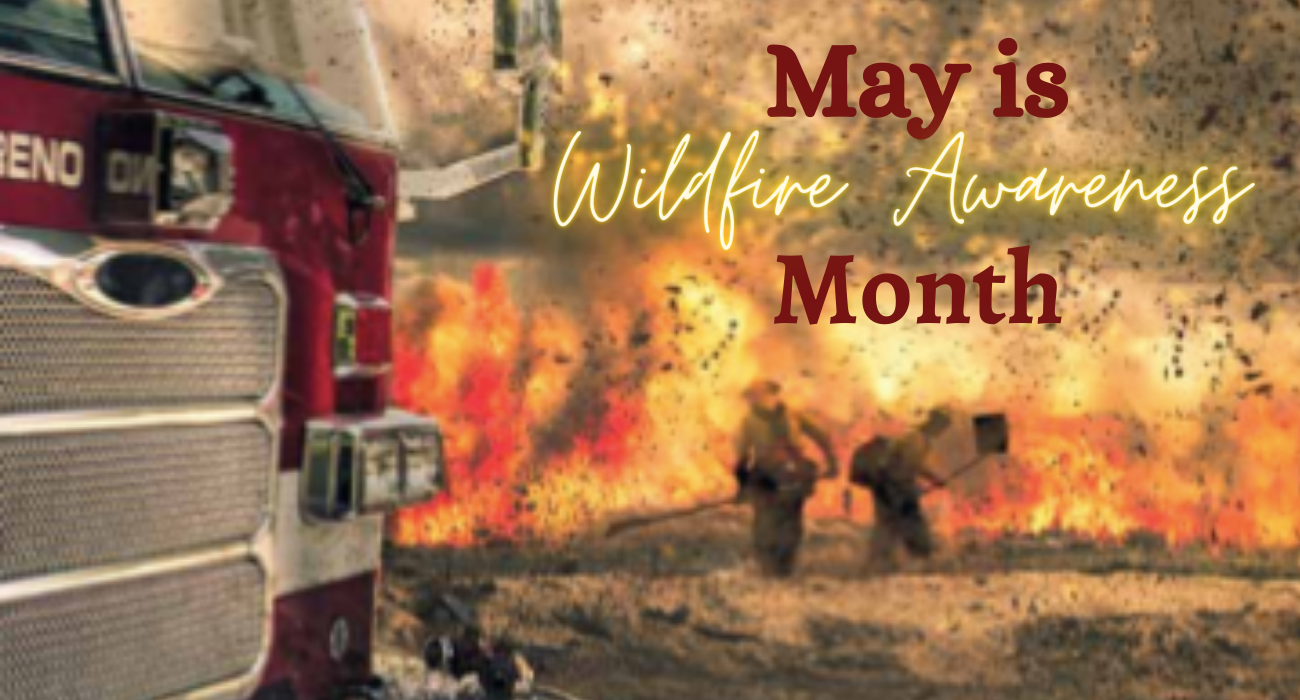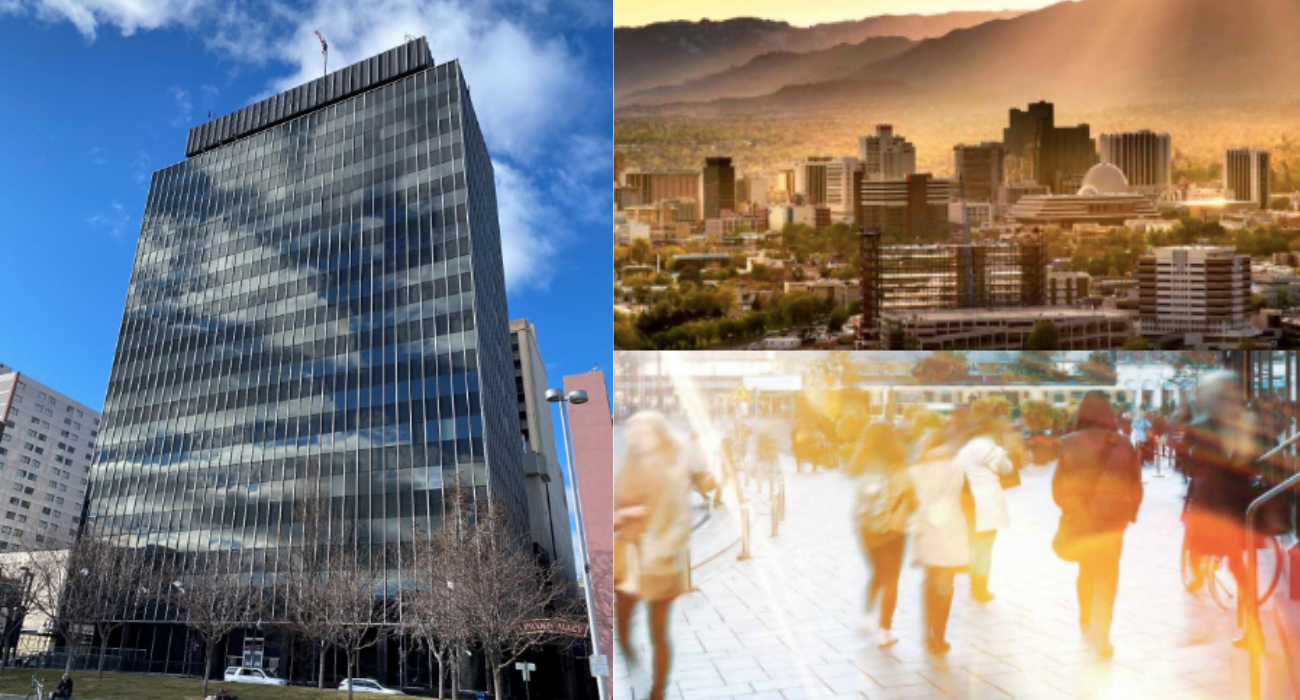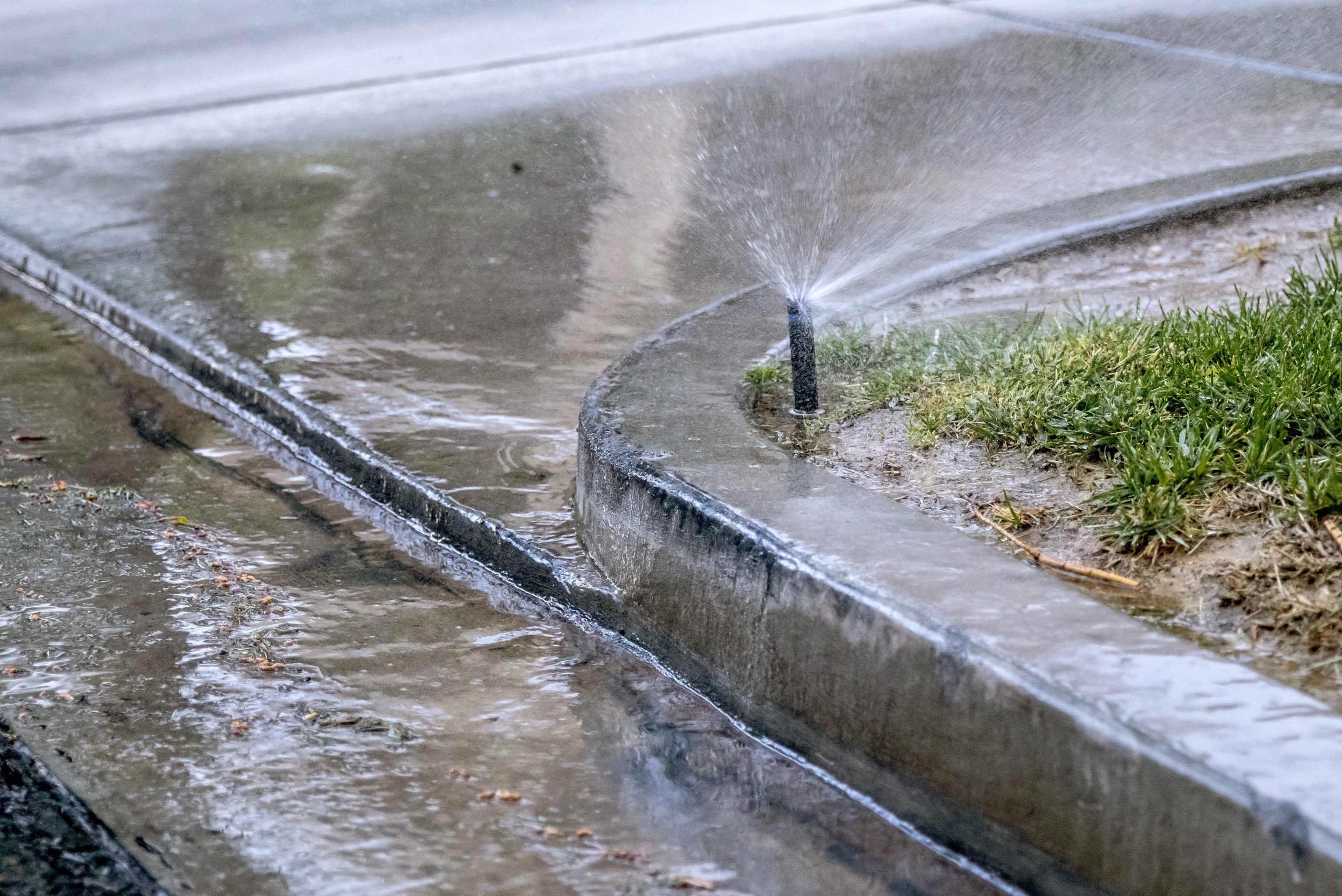
Today, over 55% of the world’s population lives in urban areas. According to the UN, that is expected to increase to 68% by 2050. The policies cities enact now will affect those future populations. So how does a city address the effect of wildfires inside and outside of their jurisdiction? In Northern Nevada, smoke knows no boundaries. During the summer months, a day without smoke is a good, yet unusual, occurrence. Just when we think it cannot get worse, it does. In the summer of 2021, the City of Reno experienced a solid six week period of smoke.
“Fires are having a broader impact apart from the direct damage or threat to life and property.” Said Reno Fire Chief, David Cochran. “We are seeing the negative health effects associated with smoke plumes from these fires, not just in the area of the fire or in neighboring states but literally across the country and for extended periods of time.”
According to a recent poll conducted by the Reno Gazette Journal, concern over wildfires has united Nevadans. Respondents stated that the recent rise in the size, frequency and severity of wildfires concerns them with 95% of Democrats and 72% of Republicans agreeing it is a problem. Climate Change currently poses an immediate threat to the tourism and outdoor recreation sectors of the Reno-area economy. Declining snowpacks, rising risks of wildfires, and increasing temperatures may diminish the region’s appeal to travelers.
The increasing intensity, duration, and scale of wildfires occurring in the western United States as the climate changes, worsens air quality across the country. Older adults, children, pregnant women, people with cardiovascular or respiratory disease, people of low socio-economic status, and outdoor workers may be at heightened risk for severe health effects from exposure to smoke. (https://www.epa.gov/system/files/documents/2022-03/fy-2022-2026-epa-strategic-plan.pdf)
Strengthening resilience against wildfires and other climate-related impacts will reduce the damage to ecosystems and critical areas such as sage grouse habitat and will reduce costs for combating hazards, property loss, and public health impacts. To protect our air quality as Reno grows, the Master Plan unanimously adopted by City Council in December 2017 directly and indirectly supports clean air. An important theme in the Master Plan is improving the city’s development and redevelopment patterns so that they provide transportation options such as transit, walking, and biking as an alternative to driving. Every proposed project from re-striping a street to developing a major new residential community is an opportunity to include sustainable features that reduce our dependence on cars.
Increasing the tree canopy along these active transportation routes will make them more attractive and comfortable to use. Tree canopies also reduce urban heat islands caused when open land and vegetation are replaced by buildings, roads, and other infrastructure that absorb and retain heat. Heat islands increase air pollution and the demand for energy rises from greater use of air conditioning, causing an increase in greenhouse gas emission.
Regionally, the City of Reno can address the effects of wildfires through its hazard mitigation planning processes. The Local Mitigation Planning Guide released by FEMA on April 19, 2022 (effective April 19, 2023), explicitly states regional bodies must address the effects of climate change on vulnerable populations. This guide will also help address the mitigation planning process over state lines. Reno and this region can be on the forefront of policies and strategies that can reach beyond our borders.
Clean air is an important factor in creating a more sustainable future. It contributes to a healthy environment, strong economy, and the well-being of the community.





